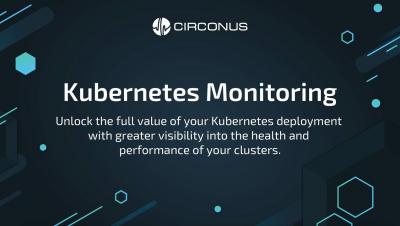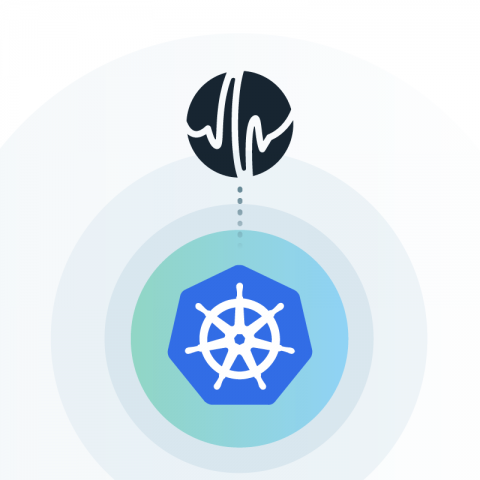Lessons from Major League Baseball on Deploying and Monitoring Kubernetes
We recently spoke with Major League Baseball (MLB) executives about their Kubernetes deployment, including what challenges they’ve faced and what lessons they’ve learned — particularly as it relates to Kubernetes monitoring. Currently, MLB has about 70 Kubernetes clusters running across 30 ballparks, most of which are running in GKE but with some in EKS.











